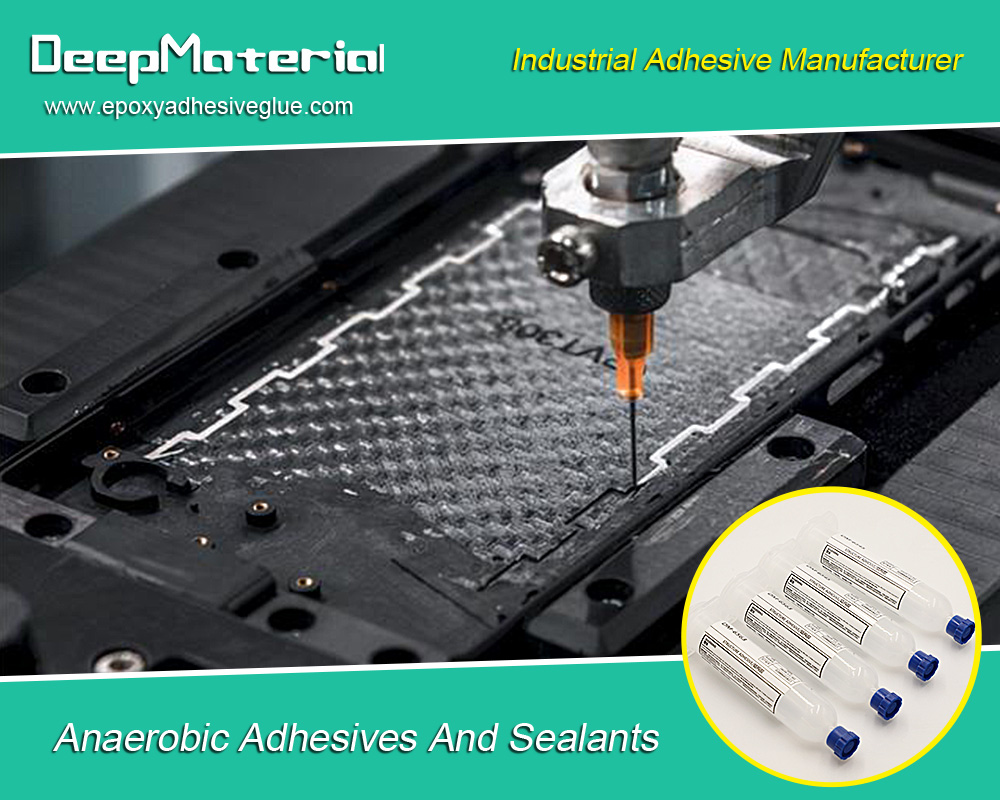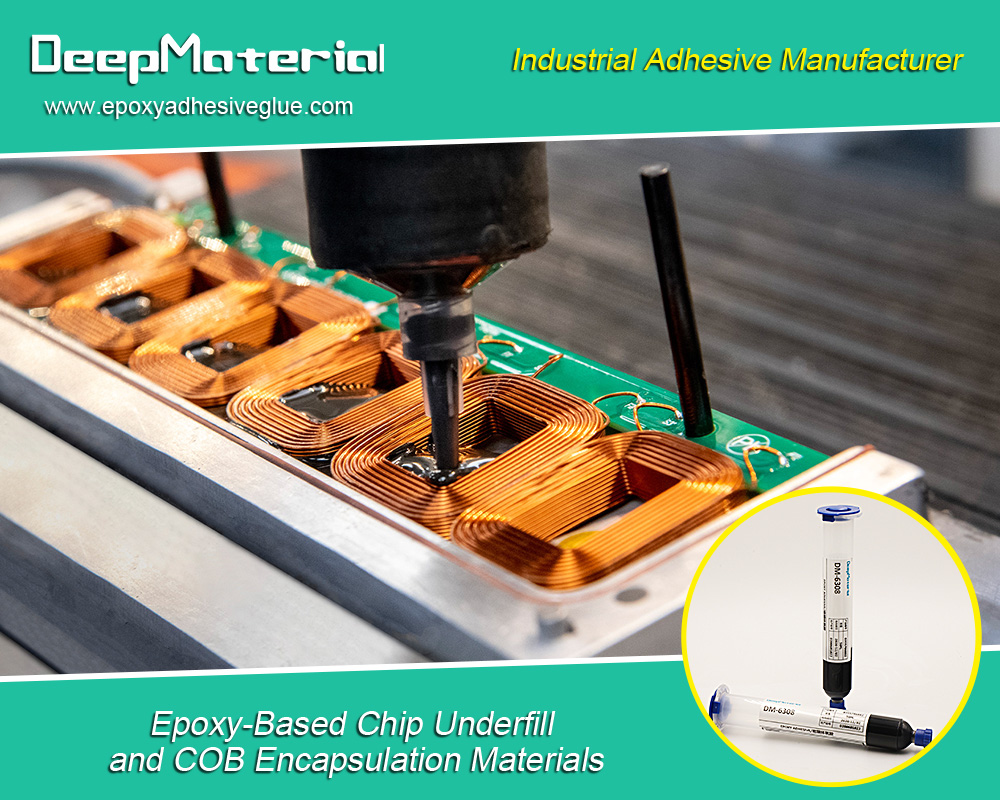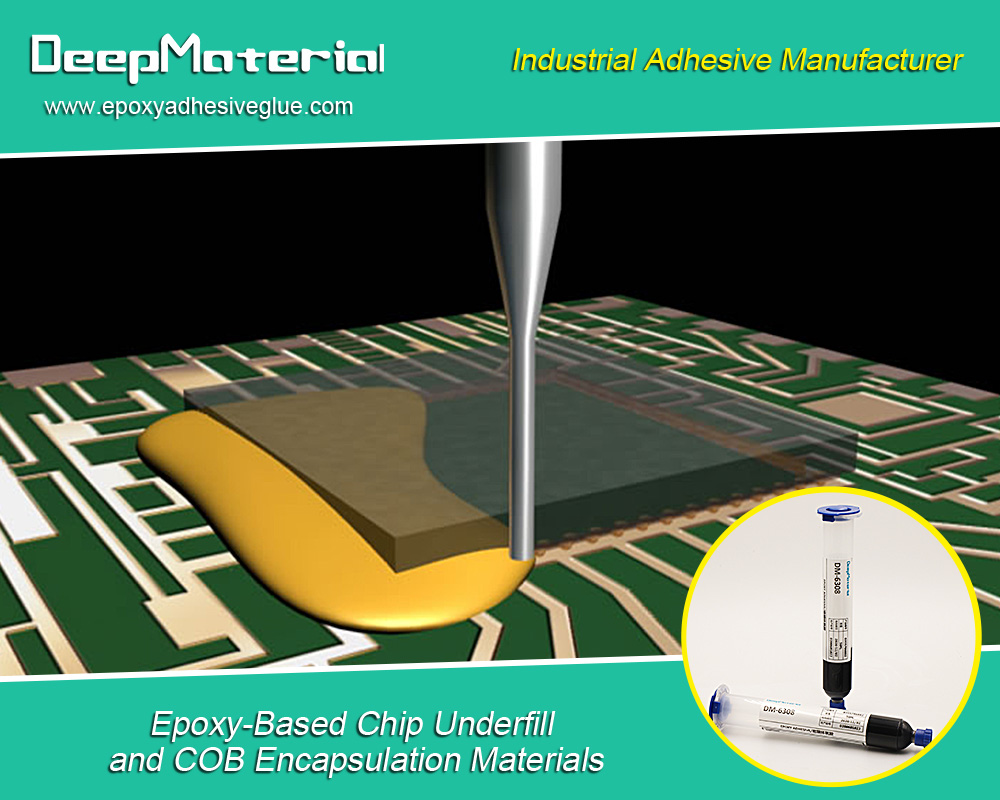What are the specific applications of automotive adhesives in the automotive manufacturing process?
What are the specific applications of automotive adhesives in the automotive manufacturing process?
Automotive adhesives play a crucial role in the automotive manufacturing process, offering numerous specific applications.

Here are some key areas where automotive adhesives are commonly used:
1.Structural Bonding: Automotive adhesives are used for structural bonding, joining various components of a vehicle together. This includes bonding body panels, roof panels, doors, hoods, trunk lids, and other external components. Adhesives provide strength, durability, and help distribute stresses evenly, enhancing the structural integrity of the vehicle.
2.Interior Assembly: Adhesives are employed in the assembly of interior components such as instrument panels, door panels, headliners, consoles, and trim pieces. They provide a strong and reliable bond between different materials like plastics, metals, and textiles, ensuring a secure and seamless interior assembly.
3.Glass Bonding: Adhesives are used for bonding automotive glass, including windshields, backlites, and side windows. Glass bonding adhesives provide structural strength and help in creating a weather-tight seal, contributing to the overall safety and integrity of the vehicle
But, there are several types of glass bonding techniques used in the automotive industry. Here are some common methods:
Polyurethane Adhesive Bonding: Polyurethane adhesives, often in the form of one-component or two-component sealants, are widely used for bonding automotive glass. They provide excellent adhesion to glass and metal surfaces and offer good flexibility, allowing for differential expansion and contraction between the glass and the vehicle structure. Polyurethane adhesives also provide a watertight seal and contribute to the structural integrity of the vehicle.
Structural Silicone Adhesive Bonding: Structural silicone adhesives are specifically designed for glass bonding applications. They provide high-strength bonds and are commonly used in windshield bonding. These adhesives have excellent weather resistance, durability, and elasticity. They offer good adhesion to glass and various substrates, providing a secure bond and a long-lasting seal.
Acrylic Adhesive Bonding: Acrylic adhesives, such as methyl methacrylate (MMA) or modified acrylics, are used for glass bonding in certain automotive applications. These adhesives provide strong bonds with high impact resistance and durability. Acrylic adhesives can cure quickly, reducing production cycle times, and offer good adhesion to a range of substrates, including glass and plastics.
UV-Curing Adhesive Bonding: UV-curing adhesives are light-activated adhesives that cure rapidly when exposed to ultraviolet (UV) light. These adhesives are often used for glass bonding applications in situations where fast curing is required. They provide high bond strength, excellent transparency, and good resistance to yellowing over time. UV-curing adhesives are commonly used in the bonding of small glass components, such as sensors, cameras, and displays.
Tape Systems: In some cases, adhesive tape systems are employed for glass bonding. These systems consist of double-sided adhesive tapes specially designed for automotive applications. The tapes offer high initial tack and provide a strong bond between the glass and the vehicle structure. They can be applied in a controlled and automated manner, reducing production time and cost.
It’s important to note that the specific choice of glass bonding technique depends on factors such as the type of glass, vehicle design, production processes, and regulatory requirements. Automotive manufacturers work closely with adhesive suppliers and glass manufacturers to determine the most suitable bonding method for their specific application.
4.Noise, Vibration, and Harshness (NVH) Control: Automotive adhesives are employed to reduce noise, vibration, and harshness levels within the vehicle. They act as viscoelastic damping materials, absorbing vibrations and minimizing noise transmission. Adhesives are applied in areas such as the chassis, floor panels, body seams, and structural joints.
5.Sealing and Gasketing: Adhesives are used for sealing applications in various areas of a vehicle, such as doors, windows, seams, and body joints. They create a watertight and airtight seal, preventing water, dust, and air leakage. Adhesive-based gaskets are also used to seal engine components, such as oil pans and valve covers.
6.Underbody Protection: Adhesives are utilized for underbody protection and rust prevention. They are applied to the undercarriage of a vehicle to create a durable, protective coating, safeguarding against corrosion and stone chipping.
7.Electric Vehicle (EV) Applications: With the rise of electric vehicles, adhesives are essential for bonding battery packs, securing cables, and insulating electrical connections. They provide electrical insulation, thermal management, and mechanical support in critical areas of EVs.
It’s worth noting that the specific adhesives used vary depending on the application, and the selection is based on factors such as materials being bonded, desired performance characteristics, production processes, and regulatory requirements. Automotive manufacturers typically work closely with adhesive suppliers to ensure the right adhesive is selected for each application.
In addition, there are some matters of auto adhesives need to attention in the process of automobile manufacture.
When using automotive adhesives in the process of automobile manufacture, there are several important considerations to keep in mind.
Here are some key points:
1.Surface Preparation: Proper surface preparation is crucial for achieving optimal adhesive bonding. Surfaces should be clean, free of contaminants such as dirt, grease, and moisture. Depending on the specific adhesive, surface treatment methods like cleaning, sanding, or priming may be required to enhance adhesion.
2.Adhesive Selection: Selecting the right adhesive for the application is essential. Consider factors such as the materials being bonded, environmental conditions, performance requirements (strength, flexibility, temperature resistance), and production processes. Consult with adhesive suppliers or experts to ensure the chosen adhesive meets the specific needs of the application.
3.Adhesive Application: Follow the manufacturer’s guidelines for proper adhesive application. Use the recommended tools and techniques to apply the adhesive, ensuring uniform coverage and proper adhesive thickness. Adhere to the specified curing time and temperature conditions for the adhesive to achieve optimal bond strength.
4.Safety Precautions: Adhesives may contain chemicals and require proper handling. Follow safety protocols, including wearing appropriate personal protective equipment (PPE), such as gloves and safety glasses. Ensure adequate ventilation in the workspace to minimize exposure to fumes or vapors. Adhere to any regulatory requirements and guidelines related to adhesive usage and safety.
5.Quality Control and Testing: Implement quality control measures to ensure the effectiveness of adhesive bonding. Conduct regular testing and inspections to verify the bond strength, durability, and other performance characteristics. This may involve destructive or non-destructive testing methods to assess the integrity of the adhesive bonds.
6.Compatibility with Other Components: Consider the compatibility of adhesives with other components and materials in the vehicle. Some adhesives may have specific compatibility requirements or limitations with certain substrates or coatings. Evaluate any potential chemical reactions, compatibility issues, or adverse effects on adjacent components.
7.Environmental and Regulatory Considerations: Adhere to environmental regulations and guidelines regarding the use, disposal, and handling of adhesives. Consider the environmental impact of the adhesive materials, such as volatile organic compound (VOC) emissions, and explore eco-friendly or low-VOC adhesive options whenever possible. It is recommended to consult with adhesive manufacturers, adhesive engineers, or industry experts for specific guidance and recommendations based on the unique requirements of the automobile manufacturing process and the adhesive products being used.

For more about choosing the applications of automotive adhesives,you can pay a visit to DeepMaterial at https://www.epoxyadhesiveglue.com/products/ for more info.











